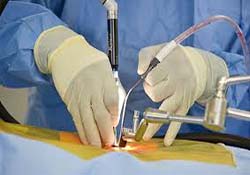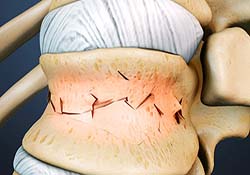Modern spine care is the effective and safe combination of evidence-based diagnostic and surgical techniques and different patient-specific solutions providing the best outcome for the patients.
Highly educated spine surgeons use modern, safe diagnostic tools to find the source of complaints, patient-specific approach for the decision on treatment and evidence-based spinal surgical techniques to cure the patient. In spine surgery, only the life-long learning process can provide the up-to-date knowledge and appropriate level of skills for the clinician. Complication rate, objective and subjective treatment outcome and patient-satisfaction together characterize a surgical practice.
Minimally Invasive Surgery
In general, the goal of minimally invasive spine surgery (MIS) is to stabilize the vertebral bones and spinal joints and/or relieve pressure being applied to the spinal nerves — often a result of conditions such as a spinal instability, bone spurs, herniated discs,...
Deformity
The normal spine is structurally balanced for optimal flexibility and support of the body’s weight. When viewed from the side, it has three gentle curves. The lumbar (lower) spine has an inward curve called lordosis. The thoracic (middle) spine has an outward curve...
Vertebral fracture
Even minor falls or trauma can produce a spine fracture. Many of these injuries will never require surgery, but major fractures can result in serious long-term problems unless treated promptly and properly. Spine fractures range from painful compression fractures,...



